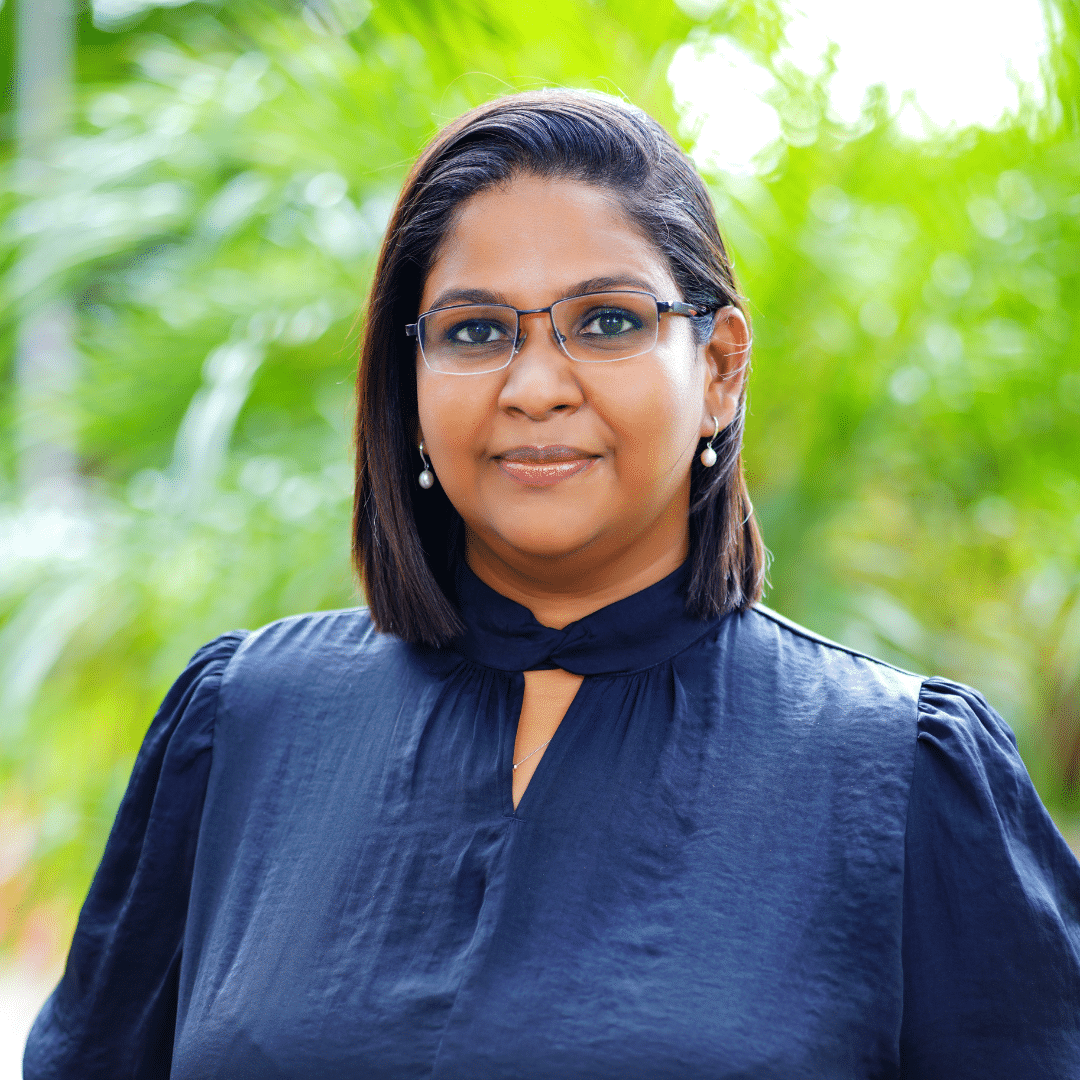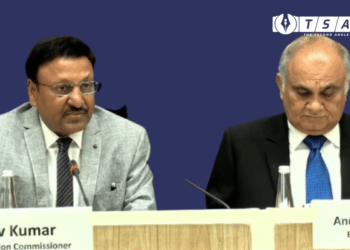Nirmala Sitharaman, Union Finance Minister, will make her fourth budget address on February 1 at 11 a.m. While India is fighting the third wave of Covid-19, the Union Budget will be announced. The first half of the Budget session will be held from February 2 to 11, with the second part taking place from March 14 to April 8.
The Budget session will begin on January 31 with President Ram Nath Kovind addressing both Houses of Parliament, followed by Sitharaman’s presentation of the Economic Survey. Budget 2022 will be paperless, as it has been in the past.

The Education Budget 2022 is keenly expected since global education has never been so disturbed owing to Covid-19 in contemporary history.
During this time, about 1.5 million schools and 1.4 million ECD/Anganwadi centres were shuttered. According to a survey conducted by UNICEF, approximately 247 million children were unable to attend school for more than a year as a result.
Here are the experts’ pre-Budget education expectations for this year.
Increased budgetary support for education
Last year, the education budget allocation was Rs. 93,223 crores, a 6% decrease from the previous year. This year’s top request from education experts is for an increase in the total budget.
KIIT International School Chairperson Dr Mona Lisa Bal:

Budgetary provisions must be made to expedite the implementation of NEP 2020, which has the potential to transform our education system. Education should get between 6 and 10% of GDP.
Naman Jain, Education Expert and Director of Ghaziabad’s Silverline Prestige School:
The National Education Policy 2020 (NEP 2020) highlights the need of allocating at least 6% of the entire budget to education, including financial assistance for important components of education such as the availability of appropriate instructors, teacher training, and so on.
Improved digital infrastructure
Covid-19 showed to India how severe our country’s digital gap is, and how urgently we must address it. Millions of people were unable to attend school and lacked access to mobile phones, laptop computers, or consistent internet connectivity to complete their online education.
While hundreds of isolated and rural schools remained closed due to a lack of resources and the Covid-19 safety rules, many students trekked through forests, climbed mountains, and waited on the side of the road to gain internet connection on cell phones.
Dhuwarakha Sriram, UNICEF’s Director of Generation Unlimited (YuWaah) and Youth Development and Partnerships:

In rural regions, about 4% of our population has access to computers, compared to 23% in metropolitan areas (Source: 2020 NSO Report on Education).
As a result of the pandemic’s increased pace of technological advancement and rapid shift to online learning, addressing digital inequality and assisting young people in gaining relevant skills for today’s job market, as well as youth entrepreneurship opportunities, should be top priorities for the upcoming Union Budget 2022.
Nikhil Barshikar, Founder and Managing Director of Imarticus Learning:
There is a significant increase in the number of students enrolling in e-learning courses, particularly in tier II towns; the problem is in developing a robust digital infrastructure for such locations.
Many Indian students do not have access to a laptop or a reliable internet connection. There must be an emphasis on ensuring that the necessary infrastructure is appropriately created and accessible to everybody.
Nitin Vijay, Founder, and Managing Director of Motion Education in Kota, Rajasthan:

Today, increased internet penetration has enabled institutions to bring classes to the most remote parts of the country, therefore assisting the impoverished.
To overcome the digital gap, infrastructure enabling greater connectivity and access to mobile devices or computers is urgently needed.
Tinkerly Co-Founder Sharad Bansal:
We witnessed a demand-supply mismatch as a result of Covid-19, and it is critical to bridge the gap by providing internet access, improved infrastructure in tier 3 and tier 4 cities, and implementing programmes such as One Student One Laptop. Scholarships should be granted for great achievements.
STEMROBO Technologies Co-Founder Rajeev Tiwari:
The emphasis should be on programmes to strengthen internet connectivity infrastructure across the country, including providing last-mile connectivity, low-cost 5G devices, and, most importantly, aiding e-learning players with a sound e-learning infrastructure.
Avinash Kumar, Credenc’s Founder:

With a significant transition to virtual or online education models, guaranteeing access to better technology and enhanced e-Learning infrastructure should be addressed in order to bridge the digital gap in smaller towns and cities.
Overall, we expect that the government softens the rules governing education infrastructure loans and widens the income tax provision under Section 80C for deducting educational costs.
Vaibhav Singh, Leap Scholar Co-Founder:
The budget for 2022 is planned to place a larger emphasis on the ed-tech industry as a whole, with major expenditures to expand access to robust and enhanced digital infrastructure.
GST reduction for educational technology

The epidemic has transformed the way India studies, and while ed-tech businesses were steadily gaining traction even before Covid-19, they are now a crucial aspect of education and skill development. As a result, there is a need to reduce the GST on ed-tech platforms.
byteXL CEO and Co-Founder Karun Tadepalli:
Subscriptions to EdTech platforms now carry an 18% GST. In this Union Budget, the government must relieve the burden of excessive taxes by eliminating GST on e-learning.
Clever Harvey co-founder Madhu Agrawal:

The discrepancy in the GST treatment of print educational solutions vs digital educational solutions is a major source of worry about all ed-tech organizations. A textbook, for example, is subject to a 5% GST, but the identical book in an online version is subject to an 18% GST.
Teacher education
The epidemic has compelled Indian instructors to quickly adapt to digital instructional approaches. However, we must now develop stronger teacher training programmes to ensure that teachers are familiar with the numerous technologies accessible in the education industry.
Masai School co-founder and CEO Prateek Shukla:

Our instructional techniques have not developed to meet the demands of digital media. I don’t believe that writing on a blackboard on a little smartphone screen is the ideal approach for our children to learn.
We need to connect them to the internet and create materials for teachers to effectively educate over the phone.
Job creation and skill development
The epidemic had a negative impact on employment, and skill development is today more popular than ever.
Not only must we bridge the digital gap, but we must also ensure that students and young professionals in rural places, as well as Tier 2 and Tier 3 cities, have subsidized access to online learning platforms so that they may develop the skills required for future jobs.
BridgeLabz Founder Narayan Mahadevan:
The government should recognize and encourage businesses to not just focus on talent development but also to ensure job security.
We would also like the government to designate Skill-to-Job as a distinct category and to promote start-ups with programmes or tax breaks to employ such recent graduates, as the Singapore government has done.
Nitin Vijay, Founder, and Managing Director of Motion Education in Kota, Rajasthan:
We anticipate that the government will make statements encouraging online learning, particularly models focusing on the acquisition of new-age skills and employment.
We live in a digital age, and learning models that focus on ideas such as AI, VR, and machine learning should continue to be prioritized.
Increasing Gross Enrollment Ratio
The epidemic has resulted in a significant learning gap and a high number of dropouts. The Education Budget must address this issue so that India may be well on its way to meeting the NEP’s aim of 50% GER.
KLAY CEO AK Srikanth:

The pandemic has had a negative impact on the Gross Enrolment Ratio, which was hovering around 27 per cent in 2018-19.
To achieve 50 per cent by 2030, we must speed and compensate for the lost years caused by the epidemic.
Lower interest rates on education loans
Experts are pushing for different subsidies and scholarships as a result of the tremendous financial impact to the ordinary man caused by the epidemic, which has a knock-on effect on how many parents can afford to contribute to their children in the field of education.
The Design Village Noida’s Founder and Design Dean, Sourabh Gupta

The finance ministry, in collaboration with state governments, should consider measures that would provide scholarships and flexible, low-interest education loans to students whose families have been affected.
Improved research and development capabilities
In comparison to leading institutions throughout the world, India’s research facilities are lacking. More funding is required in this field so that Indian invention may serve as a catalyst for change and growth in the country.
Public-Private Partnerships
The Covid-19 epidemic has clearly demonstrated the necessity of private players, particularly in today’s digitized education and learning sectors. It is past time to use public-private partnerships to enhance student learning and teacher training.
While the aforementioned are the primary elements that education experts in India hope to see in the Education Budget 2022, here are a few others:
- Mental health counselling should be made mandatory for students, particularly to combat the negative effects of Covid-19.
- Scientific career assistance at schools and institutions so that both students and parents comprehend the plethora of new job possibilities that have become available.
- GST exemption for book publishers and digital gadgets used by students and teachers
- A tight oversight of the burgeoning ed-tech sector, since many organizations, are selling credentials with little to no commercial value; prohibition of courses becoming trendy
Also Checkout: Pegasus issue storms winter session
















